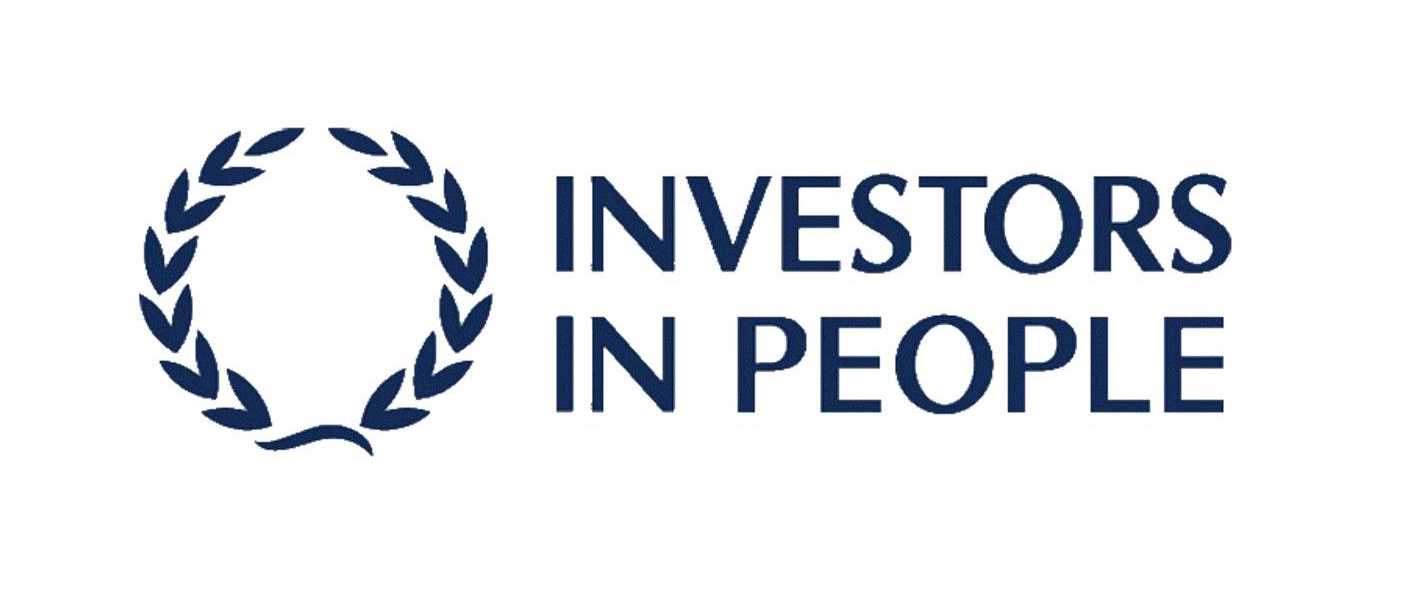A push towards a more sustainable future has meant that there has been a drip feed in eco-reliefs available to the property development industry that are less known but should be widely spread. 
Organisations can benefit significantly from a number of VAT reliefs designed to encourage certain types of development. These VAT reliefs aim to make construction and renovation projects more affordable, ultimately stimulating economic growth and encouraging the use of more eco-friendly products and services.
Zero-Rating for New Residential Buildings
New residential buildings, including new houses, flats, and student accommodation, qualify for VAT zero-rating.
To qualify the building must:
- be intended for residential use
- be a complete new build
This applies to both freehold and leasehold sales. This means that VAT is charged at 0% (no additional cost to the purchaser) and developers can reclaim any VAT incurred on associated costs.
There is also a reduced rate relief where a building is converted from a non-residential use to housing.
VAT Relief for Charitable or Residential Buildings
VAT reliefs are available for buildings intended for use by charities, which can include residential properties under specific conditions, or for a specific residential use from a legislated list. The building must be used for a charitable purpose, such as providing housing for the elderly or disabled. The organisation must provide a certificate confirming its intended use of the building.
If the building is intended for use by a charity but has a business purpose then the VAT status is standard once threshold is reached.
Reduced Rate for Renovations and Alterations
A reduced VAT rate of 5% applies to certain types of building work, particularly renovations and alterations to residential properties. The building must have been unoccupied for at least two years and includes converting non-residential buildings into residential use. This relief can cover works such as renovations, alterations, and maintenance.
The reduced rate helps make renovation projects more affordable, encouraging the refurbishment of unused buildings and bringing them back into use, which is particularly beneficial in urban regeneration areas and conservation projects.
VAT Relief for Energy-Saving Materials
From 1 October 2019 until 31 March 2022, the reduced rate of 5% applied to the installation of energy-saving materials in, or in the curtilage of, residential accommodation in Great Britain (England, Scotland and Wales).
Following Brexit in April 2022 the Government reduced that even further to be zero-rated. The relief applies to materials such as insulation, central heating, draught proofing, and solar panels and is available for both new builds and existing homes. This relief supports the Government’s green initiatives to implement energy-saving measures, leading to lower energy bills and a reduction in carbon emissions.
A zero rate applies to the installation of certain specified energy-saving materials from 1 May 2023 to 31 March 2027. A zero rate applies to the groundworks necessary for the installation of ground and water source heat pumps in, or in the curtilage of, residential accommodation and charitable buildings from 1 May 2023 to 31 March 2027.
From 1 April 2027 onwards these will revert to the reduced rate of VAT of 5%.
Scope of the relief
The relief applies to the services of installing energy-saving materials in residential accommodation and charitable buildings. For example, where a customer employs a business to install energy-saving materials that the customer purchased directly from a retailer.
The relief also applies to the supply of energy-saving materials by the person who installs those materials in residential accommodation and charitable buildings. For example, where a customer employs a business to supply and install energy-saving materials.
However, if you supply energy-saving materials without installing them your supply will be standard-rated. For example, the sale of energy-saving materials by a retailer is always standard-rated.
It should also be noted that the relief only generally applies to an installation of the energy saving materials in their own right, not to a wider schedule of works which happens to include those energy saving materials. For example, the installation of a heat pump to replace a gas boiler would be zero rated, however the installation of a central heating system which happens to include a heat pump would not.
Are you a developer?
Understanding and utilising these reliefs can be incredibly complex as other factors that sit outside the basics outlined above effect eligibility and application. We would urge any developers and builders to seek VAT advice when embarking on a project as reliefs can significantly reduce costs, making projects more financially viable and contributing to broader economic and environmental goals.
The information in this article was correct at the date it was first published.
However it is of a generic nature and cannot constitute advice. Specific advice should be sought before any action taken.
If you would like to discuss how this applies to you, we would be delighted to talk to you. Please make contact with the author on the details shown below.








